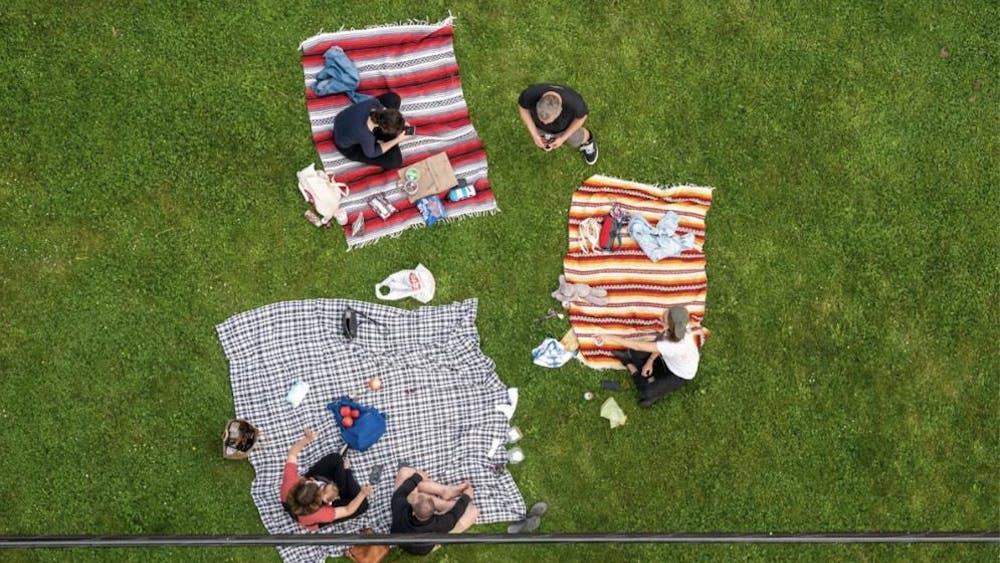When looking at diversity on campus, it is common to look at this issue — and yes, diversity on campus is an issue — as a collective. It is common to broadly analyze and compare the differences between ethnicity, race, and culture between various groups at Notre Dame. It is uncommon, however, to have this same analysis of diversity on the level of the individual.
To elaborate on the “myself” I am speaking of, I first need to state on how I identify my own ethnicity and race which frequently differs from how others identify me. I don’t hold it against those who mislabel me because when you are mixed, it is not as simple as fitting my whole identity in only one word. So when I get asked the usual “What are you?” question that I and other mixed individuals are familiar with, my easy response is “I’m half black and half Latino.” However, even that watered-down answer is lacking, but it is what I give to quickly appease their curiosity. For if I explain how my mother’s side is not solely Latino, but also largely Native American (yet we are not registered with any tribe), it might be faster to just send them a link to my 23andMe at that point.
Also, when I say I’m half black, I know that race is not synonymous with ethnicity; however, the word black in America has surpassed its significance to not only denote the color of one’s skin, but to also represent the experience and identity of African Americans and any who look like them. My blackness is also the point of contention for most people: “Oh, you’re black? You don’t really look like it.” They are quicker to believe that I am Latino because of my light brown skin. Yet, this light brown skin does not translate to their idea of blackness. Or sometimes, maybe even worse, is when they say “Oh, I can see it now.” Meaning that they can now label some of my features as stereotypically afrocentric and that now helps them fit me into their box labeled “black.”
These exchanges are what I experience typically from the white majority (shoutout to my Moreau professor and that one drunk boy in the Lafun basement). My exchanges with the black community on campus, however, have been shockingly similar. In this community which I align myself with, I sometimes get referred to as “white-passing” and “black ally”. It is these comments which remind me that not only do I not conform with the white majority’s idea of blackness, but I also don’t measure up to the black community’s idea of “blackness” either. Again, I do not hold it against anyone in either community when they mislabel me (so as long as ignorance does not turn into impertinence), because I do have a mirror and can see what others see. However, there is much that a mirror cannot show and what others cannot see. What the mirror doesn’t show is the drug dealer father and the black, Christian household I grew up in. What others cannot see is the father and black household leaving and the Latino and Native American household with Tío and Abuelita taking its place. What they cannot see is the diversity of myself.
You can contact Ocran Holloway at ohollowa@nd.edu.
The Diversity Council of Notre Dame advocates for awareness, understanding and acceptance on issues of race, gender, sexual orientation, socioeconomic status and other intersectional identities in the Notre Dame community. The viewpoints expressed in this article do not necessarily reflect the opinion of the Diversity Council, but are the individual opinions of the author. You can contact Diversity Council at diversnd@nd.edu.













